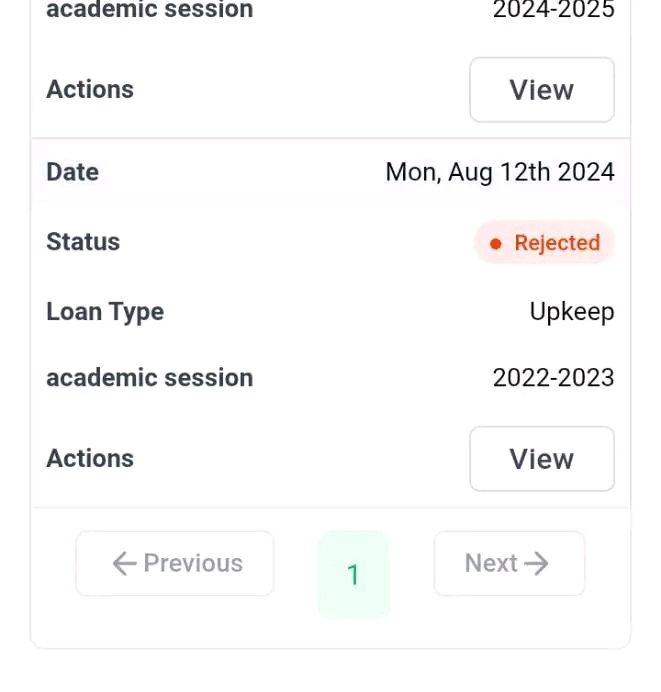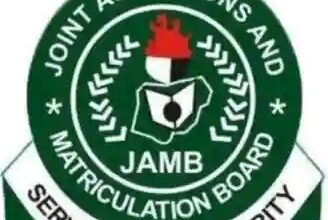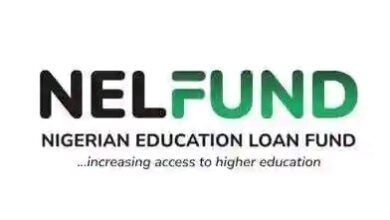NELFUND 2024/2025 Latest Updates on Student Loan Policy Changes

The Nigerian Education Loan Fund (NELFUND) has introduced several changes in 2024/2025, leaving many students and applicants curious about how these updates will affect them. If you’ve been following the news, you’ve probably seen mixed reactions some hopeful, others cautious. As someone who has explored student financial aid options before, I understand how confusing policy shifts can be. You’re not alone if you’re wondering, When will approved applicants receive their funds? or “Will there be an extension for the application deadline?”
This year, NELFUND’s adjustments aim to make education financing more accessible, but the process still raises questions. How does verification work? What should applicants expect during screening? These are valid concerns, especially when planning for the academic year. I’ve seen friends navigate similar systems delays and verification hurdles can be stressful, but staying informed helps.
In this guide, we’ll break down the latest NELFUND updates in simple terms no complex jargon, just clear explanations. Whether you’re a first-time applicant or reapplying, understanding these changes can ease the process. Let’s dive into what’s new, what’s stayed the same, and how you can prepare.
Latest Updates on NELFUND 2024/2025: New Changes in Student Loan Policy
The Nigerian Education Loan Fund (NELFUND) has rolled out critical updates for the 2024/2025 academic session, focusing on accessibility, fraud prevention, and institutional inclusivity. While these changes aim to strengthen the program, delays in disbursements have sparked discussions among students and educators. Below is a detailed breakdown of the latest adjustments and their implications.
Key Policy Adjustments for 2024/2025
1. Simplified Application Process
NELFUND’s upgraded online portal now features a more user-friendly interface to minimize registration errors. However, students must ensure their bank details (name, account number, and BVN) match perfectly to prevent payment delays. Pro Tip: Cross-check all entries before submission mismatched details remain a leading cause of failed transactions.
2. Broader Eligibility for Students
State-owned universities and polytechnics have been included in the scheme, reflecting a push toward equitable access to education financing. This aligns with global trends where vocational and technical institutions increasingly benefit from student loan programs.
3. Stricter Verification Measures
To combat fraud, NELFUND now collaborates directly with schools to confirm students’ enrollment status before approving loans. This step ensures funds reach legitimate applicants. Student Insight: A University of Lagos undergraduate shared, “The verification delay was frustrating, but it’s reassuring to know only verified students get loans.”
4. Traditional Bank Requirement
NELFUND now mandates the use of traditional banks (e.g., Access Bank, First Bank) for loan disbursements, excluding digital banks like OPay and PalmPay. This policy aims to reduce transaction failures, though some argue it limits flexibility for tech-savvy students.
Industry Relevance & Global Comparisons
Nigeria’s move to expand NELFUND’s coverage mirrors international efforts to bridge education gaps. In the U.S., the Federal Student Aid program emphasizes accreditation, while the U.K.’s Student Loans Company partners with employers for repayment schemes. For NELFUND to sustain impact, similar partnerships with industries (e.g., tech, agriculture) could enhance graduates’ employability.
The Road Ahead
While NELFUND’s updates show progress, timely disbursements and clearer communication will be vital for trust-building. Students are encouraged to stay informed via NELFUND’s official channels and consult their institutions’ financial aid offices for guidance.
NELFUND loan disbursement timeline: When will successful applicants get funds
The Nigerian Education Loan Fund (NELFUND) has clarified key details about its upkeep payment structure, addressing confusion among students nationwide. According to recent updates,
disbursements are tied to academic sessions, not calendar years.
This means payments for the 2023/2024 session have concluded,
and eligible students must reapply for the 2024/2025 session, with new disbursements expected from August 2025.
Key Insights on NELFUND Disbursement Process
Session-Based Payments, Not Monthly Arrears
NELFUND’s Executive Director confirmed that upkeep funds follow the academic calendar. For example, if a session ends in June, payments stop regardless of pending months.
Student Experience: Bayero University Kano (BUK) students initially protested unpaid June upkeep, but NELFUND clarified that the 2023/2024 session had officially closed, halting further payments.
Reapplication for New Academic Sessions
Funds do not roll over. Students must submit fresh applications each session.
Transparency in Disbursement Timelines
NELFUND promises clearer communication via universities and its official channels. Delays often stem from verification processes or incomplete student data.
How to Stay Prepared
Monitor Official Channels: Follow NELFUND and your school’s student union (e.g., SUG-BUK) for real-time updates.
Submit Documents Early: Incomplete applications delay disbursement. Ensure your admission letter, bank details, and ID are up-to-date.
Understand the Guidelines: The Students Loans Act (2024) outlines eligibility and repayment terms.
NELFUND and FG’s new education policies What students should know
Official NELFUND Disbursement Schedule
Application Processing Period
After submitting a complete application, NELFUND typically takes 4–6 weeks for verification, including school confirmation and financial checks.
Delays may occur if documents are incomplete or discrepancies exist in the provided information.
Approval and Disbursement for New Applicants
Successful applicants for the 2024/2025 academic session should expect their first disbursement by late August or early September 2025, as confirmed by NELFUND.
Payments are made per session, not monthly, meaning students receive a lump sum covering upkeep for the entire academic year.
Returning Applicants (Subsequent Sessions)
Students must reapply each academic session—funds do not automatically renew.
Disbursement for returning applicants follows a similar timeline (4–6 weeks after reapplication).
Why Some Students Experience Delays
Incomplete Documentation: Missing admission letters, incorrect bank details, or unverified institution status can hold up payments.
Institutional Verification Delays: NELFUND relies on schools to confirm student enrollment; slow responses prolong processing.
System Overload: High application volumes (especially at session start) may slow down approvals.
How to Track Your Disbursement Status
Check your NELFUND portal account regularly for updates.
Contact your institution’s Student Affairs office—they often receive disbursement lists before funds are released.
Follow NELFUND’s official social media for announcements on batch payments.
What Students Should Do While Waiting
Ensure all submitted documents are accurate and up-to-date.
Avoid sharing personal banking details with third parties claiming to “expedite” payments (NELFUND does not require such).
What Does It Mean When My NELFUND Upkeep Status Shows ‘Rejected’?
If your NELFUND upkeep status shows “Rejected,” it doesn’t necessarily mean your application is permanently denied. Many students across various institutions, not just FUDMA, have faced similar issues, with some experiencing delays before eventually receiving payments. Understanding the reasons behind the rejection and the steps to resolve it can help you navigate the process more effectively.

Why Was My NELFUND Upkeep Application Rejected?
One common reason for rejection is the use of digital or online banking platforms (such as OPay, Palmpay, or Kuda) instead of traditional commercial banks (like First Bank, Access Bank, or UBA). NELFUND has historically prioritized payments to students with accounts in recognized commercial banks.
Real Student Experience:
A student from a federal university shared that after switching from a digital bank to a commercial bank, their status was updated, and they received their backlogged payments within weeks. This highlights the importance of ensuring your bank details meet NELFUND’s requirements.
How to Appeal a Rejected NELFUND Upkeep Status
If your status shows Rejected, follow these steps:
Log in to your NELFUND profile and check for any notifications.
Request an edit on your account details if incorrect banking information was submitted.
Switch to a commercial bank if you previously used a digital bank.
Common Reasons for Rejection & How to Fix Them
Incorrect Bank Details: Double-check your account number and bank name.
Unsupported Banks: Ensure you’re using a NELFUND-approved commercial bank.
Incomplete Documentation: Verify that all required documents were uploaded correctly.
Latest Update on NELFUND Payments
NELFUND is actively working to resolve payment backlogs, particularly for students who initially used digital banks. Recent reports confirm that some beneficiaries have started receiving delayed payments, indicating progress in addressing these issues.
Industry Insight:
Globally, student loan and grant systems often face delays due to verification processes. In Nigeria, the shift toward digital banking has created challenges for institutions accustomed to traditional banking systems. NELFUND’s efforts to adapt show a commitment to inclusivity while maintaining secure transactions.

